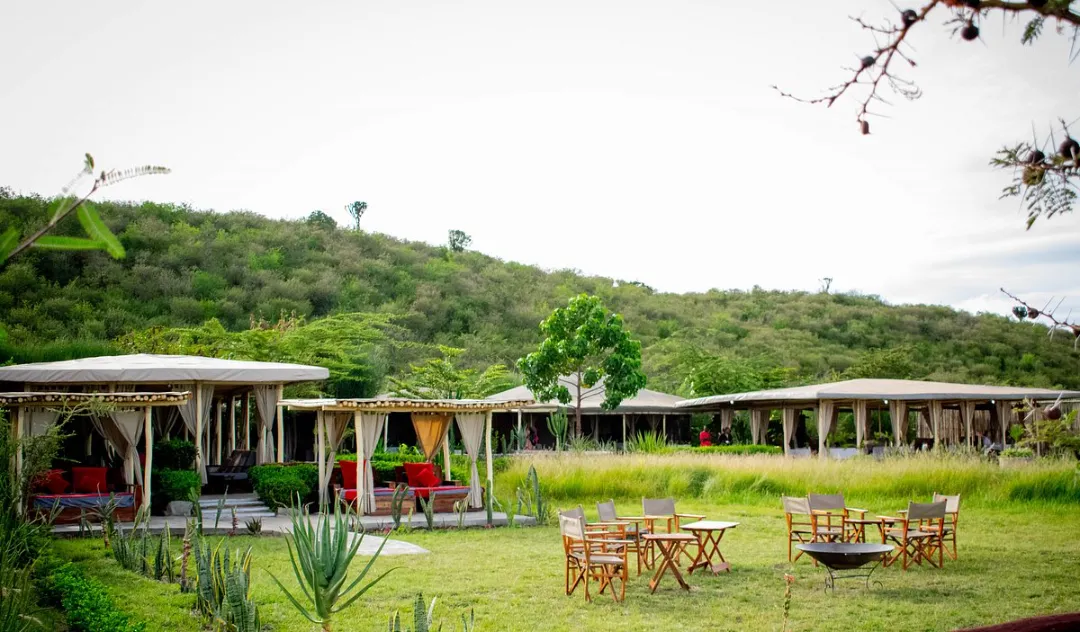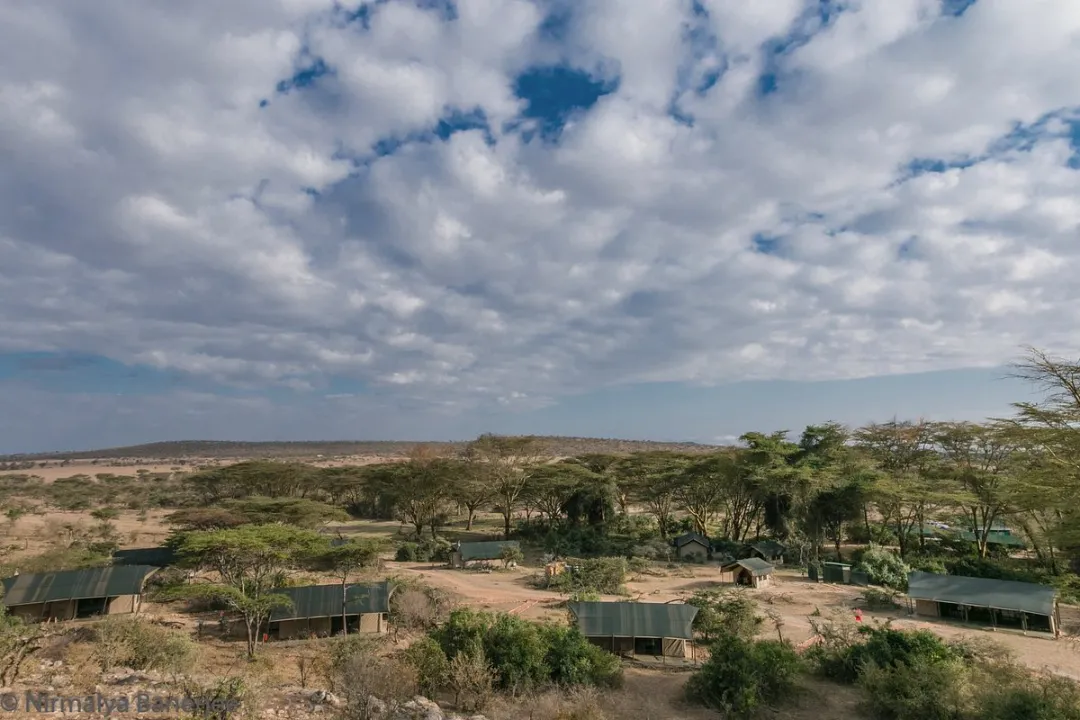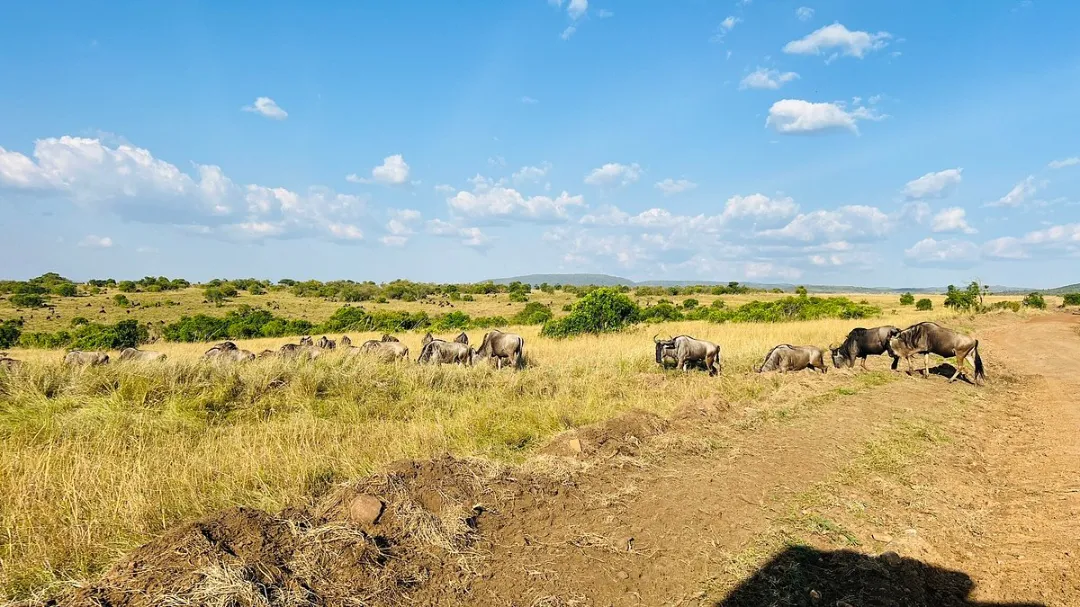Essential Guide to Weather Climate Masai Mara: Must-Know Facts
Table of Contents
Planning a trip to Masai Mara? Understanding the weather and climate in Masai Mara is crucial for a successful safari. The region boasts a temperate climate with temperatures ranging from 11°C to 28°C. There are two rainy seasons: March-May and November-December, which transform the landscape. This knowledge helps you pack appropriately and choose the best time for wildlife viewing.
Weather Climate Masai Mara – Key Takeaways
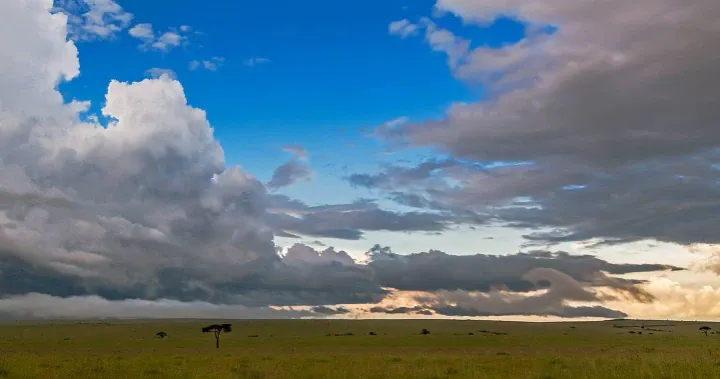
Masai Mara’s climate is cooler, and wetter compared to other African safari spots, with daytime temperatures from 11°C to 28°C, so bring warm clothing for chilly nights.
The region experiences two rainy periods: long rains (March-May) and short rains (November-December), which create lush landscapes and enhance wildlife visibility.
The optimal time for a safari is during the dry season (June-October) when wildlife viewing is at its peak, especially during the Great Migration.
Average Temperatures Year-Round
The Masai Mara enjoys pleasantly warm temperatures year-round, making it an ideal destination for those who love warm weather. Average temperatures during the day typically reach the mid to high twenties Celsius, with average afternoon temperatures providing a comfortable environment for outdoor activities and wildlife viewing. However, it’s important to note that the region experiences much cooler nights, with temperatures sometimes dropping below 10 degrees Celsius, especially from June to August.
Daytime temperatures stay consistent throughout the year, with slight seasonal variations. From October to March, the average daytime temperature is slightly higher, ideal for warm weather enthusiasts. In contrast, June to August sees cooler days averaging 25 degrees celsius, with afternoon temperatures remaining pleasantly warm, while nights drop to around 10 degrees celsius.
Packing a light jacket or sweater for cooler nights is advisable. While nights are cooler, warm and inviting temperatures create a pleasant balance for a safari. Whether on a morning game drives or relaxing in the afternoon sun, Masai Mara’s weather enhances your adventure.
Rainy Seasons in Masai Mara

The Maasai Mara experiences two main wet seasons each year, which significantly influence the region’s weather and wildlife patterns. The long wet season occurs from March to May, while the short ‘light’ rains take place in November and December.
During these seasons, temperatures can be quite variable. Morning temperatures average around 13°C (55°F), while average afternoon temperatures can reach about 27 degrees celsius (81°F). These seasons are characterized by occasional rain showers, which can occur unexpectedly, so it’s essential to be prepared with appropriate clothing and gear.
Long Rainy Season
The long rain season from March to May, with April as the wettest month, brings about 210 mm (8.3 inches) of rain over roughly 21 days. These showers transform the savannah into a lush, green paradise, supporting a thriving ecosystem. However, the weather can be unpredictable, with sporadic rain showers throughout the day, as rain regularly visits the region during this period.
Early morning game drives can be chilly, averaging around 13°C (55°F), making it essential to be prepared for chilly early mornings. Temperatures during the day rise to more comfortable levels, while evening temperatures can drop, requiring warm clothing. It’s wise to be prepared for cool mornings, potential rain, and cooler evenings by packing a waterproof jacket or poncho.
Short ‘Light’ Rains
The short rainy season in the Masai Mara occurs in November and December, bringing a different dynamic to the region’s climate. During these months, the area receives an average rainfall of around 155 mm (6.1 inches), with approximately 15 rainy days. These rains are generally less intense than the long rains, but they still have a significant impact on the landscape and wildlife.
Early mornings during the short rainy season can be chilly, but you can expect pleasantly warm daytime temperatures, offering a comfortable environment for wildlife viewing and other outdoor activities. This period is characterized by short rain showers and the occasional incidental rain shower, which refresh the landscape without significantly disrupting outdoor plans.
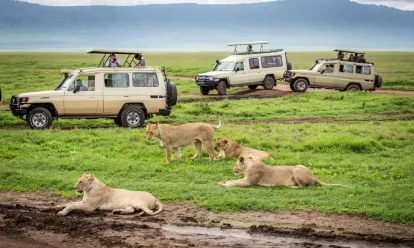
Masai Mara Weather: Month Breakdown
| Month | Daytime Temperatures | Early Morning Temperatures | Rainfall and Weather Patterns |
|---|---|---|---|
| October - March | Around 27°C | 14°C | Warm weather with occasional showers during November–December (short rainy season). |
| June - August | Near 25°C | 10°C | Cooler weather aligns with the Great Migration; ideal for wildlife viewing and early morning game drives. |
| September - October | Peaking at 27°C | Slightly cooler | Mostly dry conditions with occasional rain, providing a balanced climate for visits. |
Wildlife Viewing & Migration
The Masai Mara National Reserve is renowned for its exceptional wildlife viewing, particularly during the Great Migration. The peak migration for wildebeests occurs from late July to October, one of the best times to visit. Thousands of wildebeests, zebras, and other herbivores traverse the savannah, navigating the Mara River and attracting many predators in the Masai Mara National Reserve.
August is particularly spectacular as the Great Migration peaks, offering sensational river crossings. Rainy seasons transform the landscape into lush greenery, influencing wildlife behavior and migration patterns. Abundant food and water during these times lead to increased animal activity, making it a prime time for wildlife viewing.
Best Time for a Safari
The best time for a safari in the Masai Mara depends on your interests. The dry season, especially from June to October, is the peak time for wildlife viewing. Animals gather around limited water sources, enhancing visibility and making it easier to spot various species, including the Big Five.
August is a prime month to visit, marked by the Wildebeest Migration and dramatic river crossings at the Mara River. Ideal for early morning game drives, this period lets you witness thousands of animals on the move. Dry conditions also mean fewer mosquitoes and a more comfortable experience overall.
Birdwatching enthusiasts find the rainy seasons advantageous. Lush vegetation creates excellent breeding grounds for many bird species, making it a rewarding time for birdwatching.

What is the best time to visit the Masai Mara?
The ideal time to visit the Masai Mara is during the dry period from June to October, with August being the highlight for witnessing the incredible Wildebeest Migration. So, plan your trip around these months for the best experience!
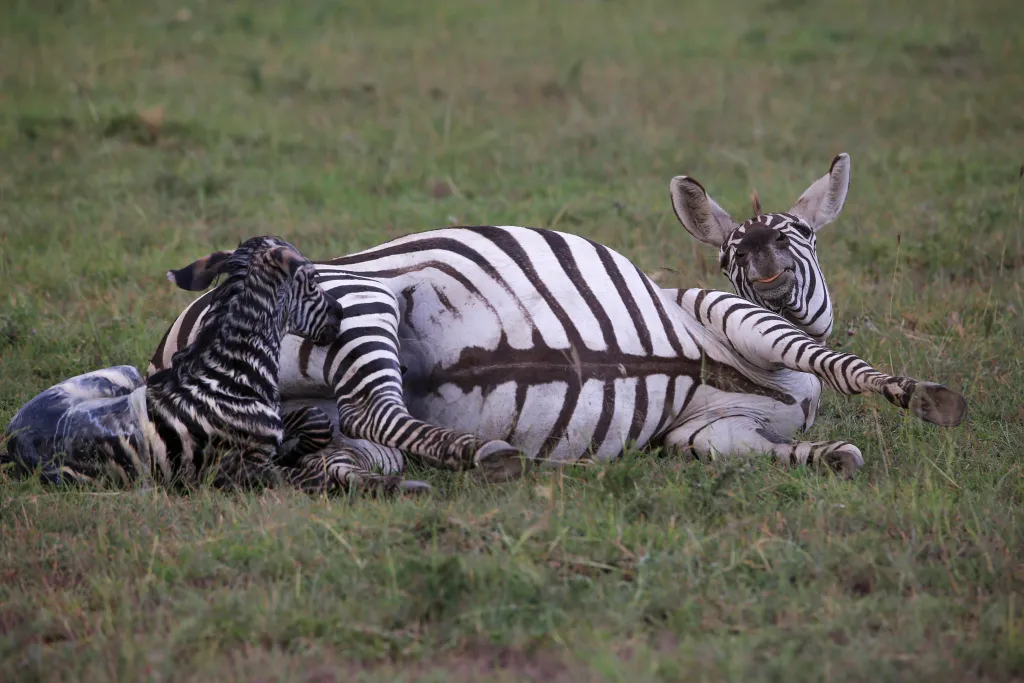
What should I pack for a safari in the Masai Mara National Reserve?
You’ll want to pack versatile, neutral-colored clothing for layering, sturdy footwear, a waterproof jacket, travel-sized toiletries, a first aid kit, and

